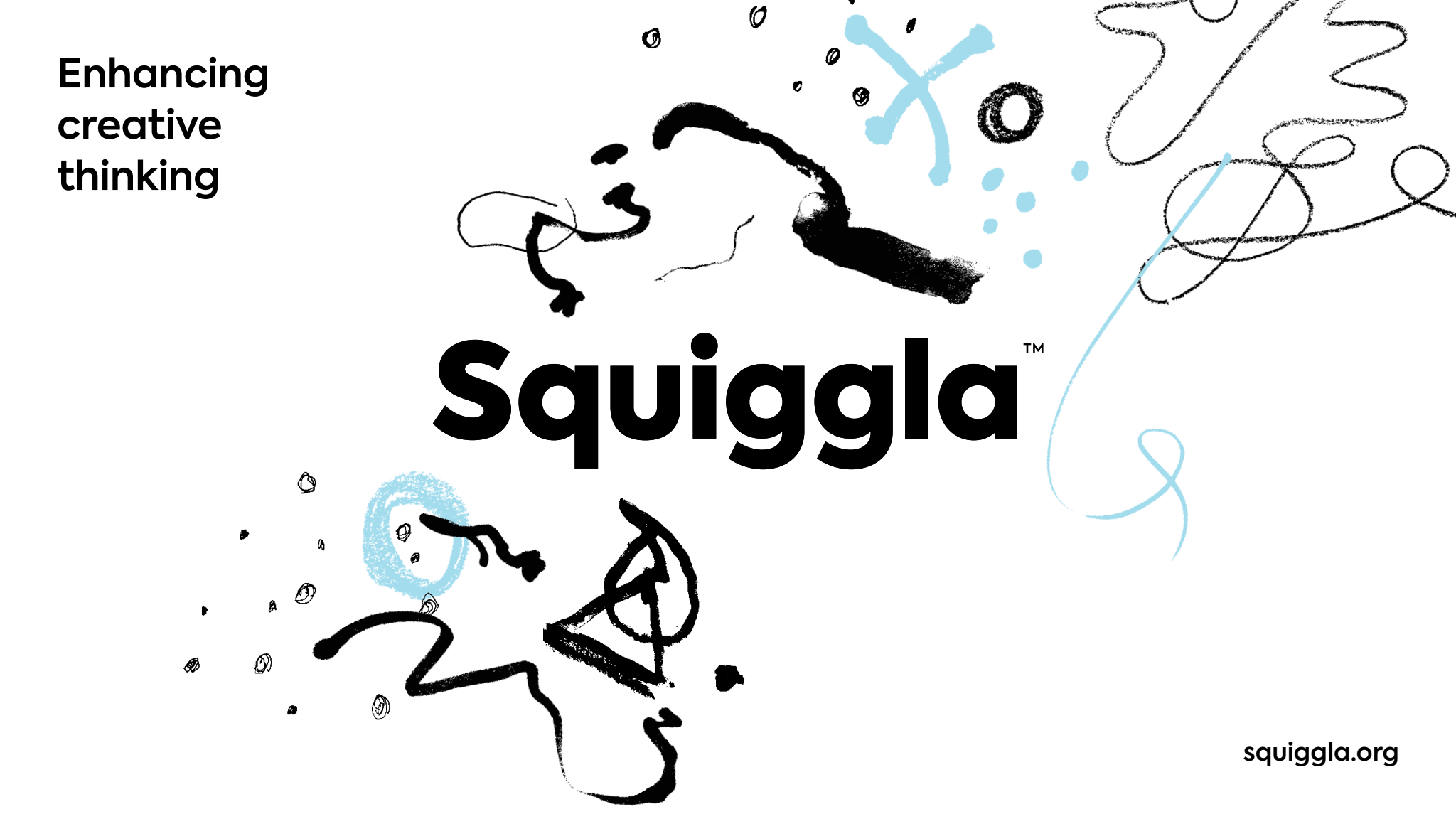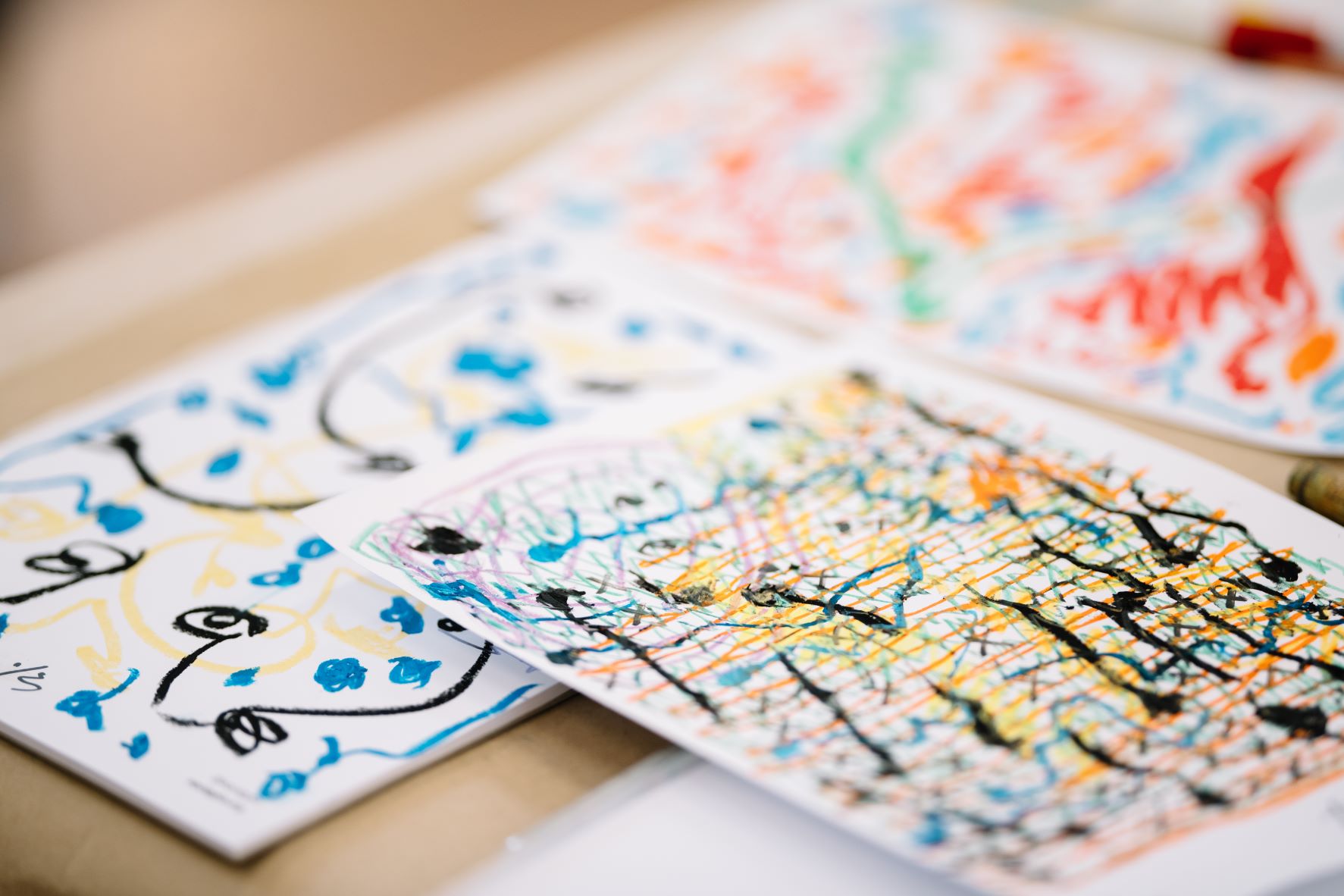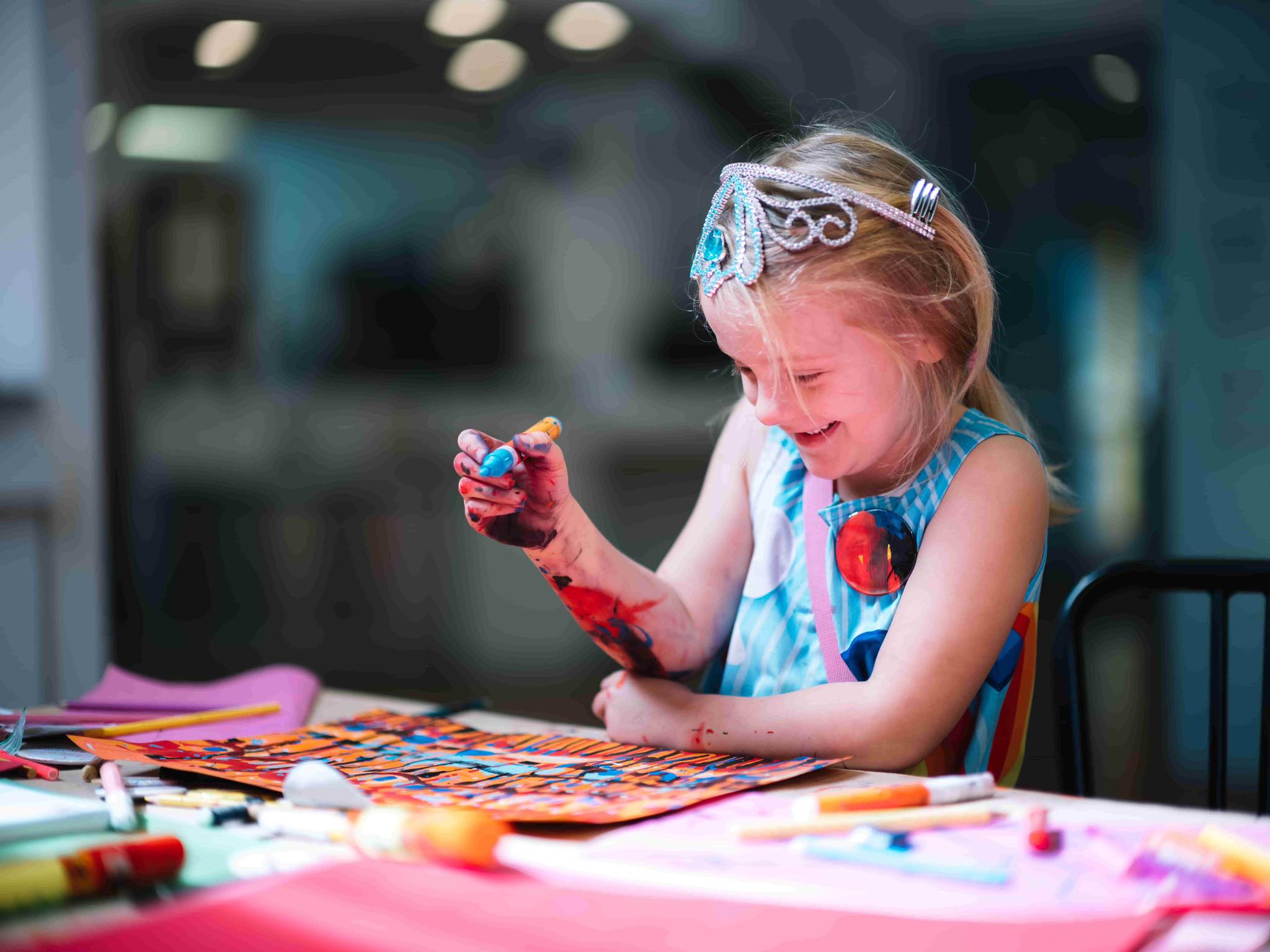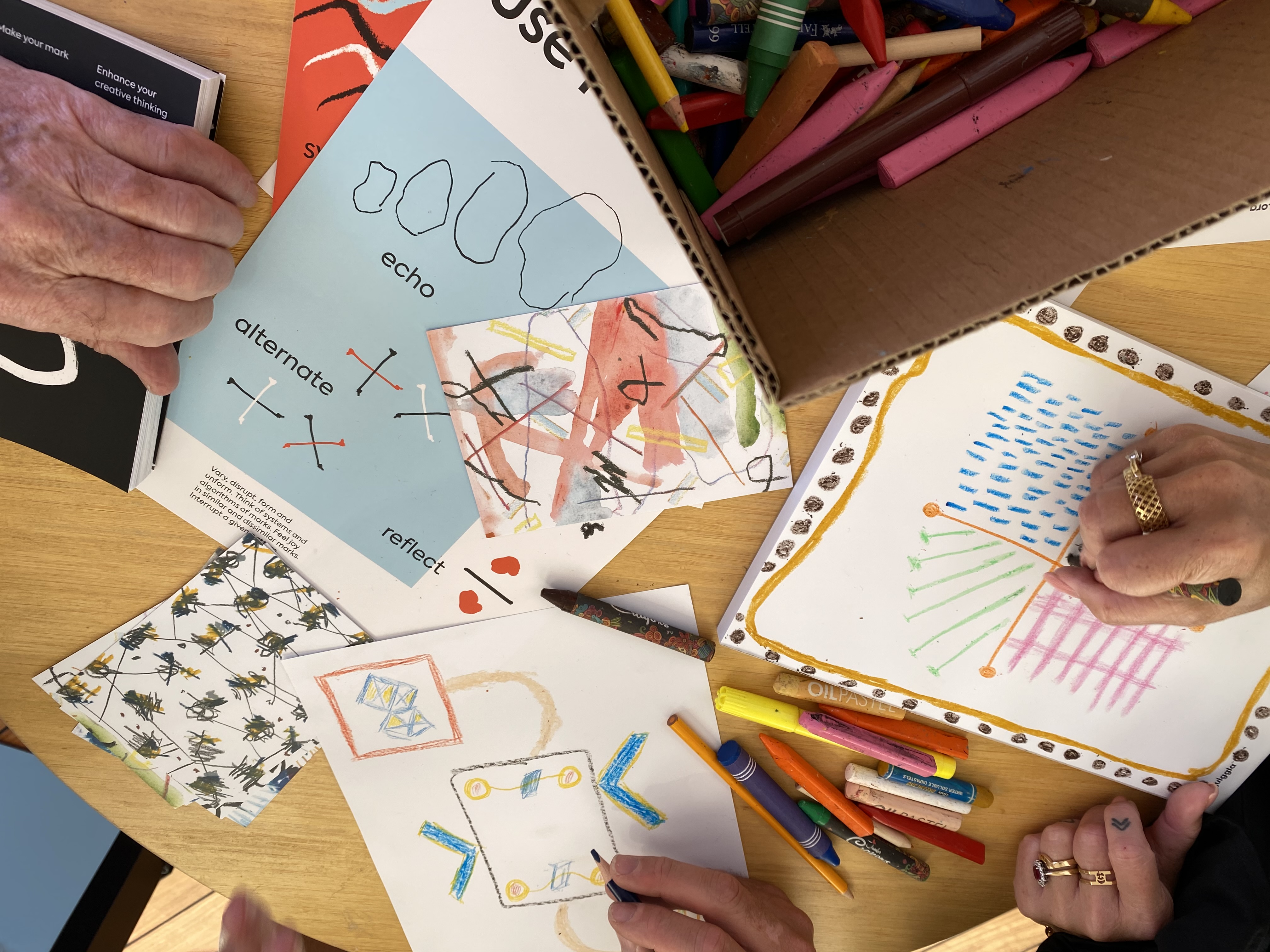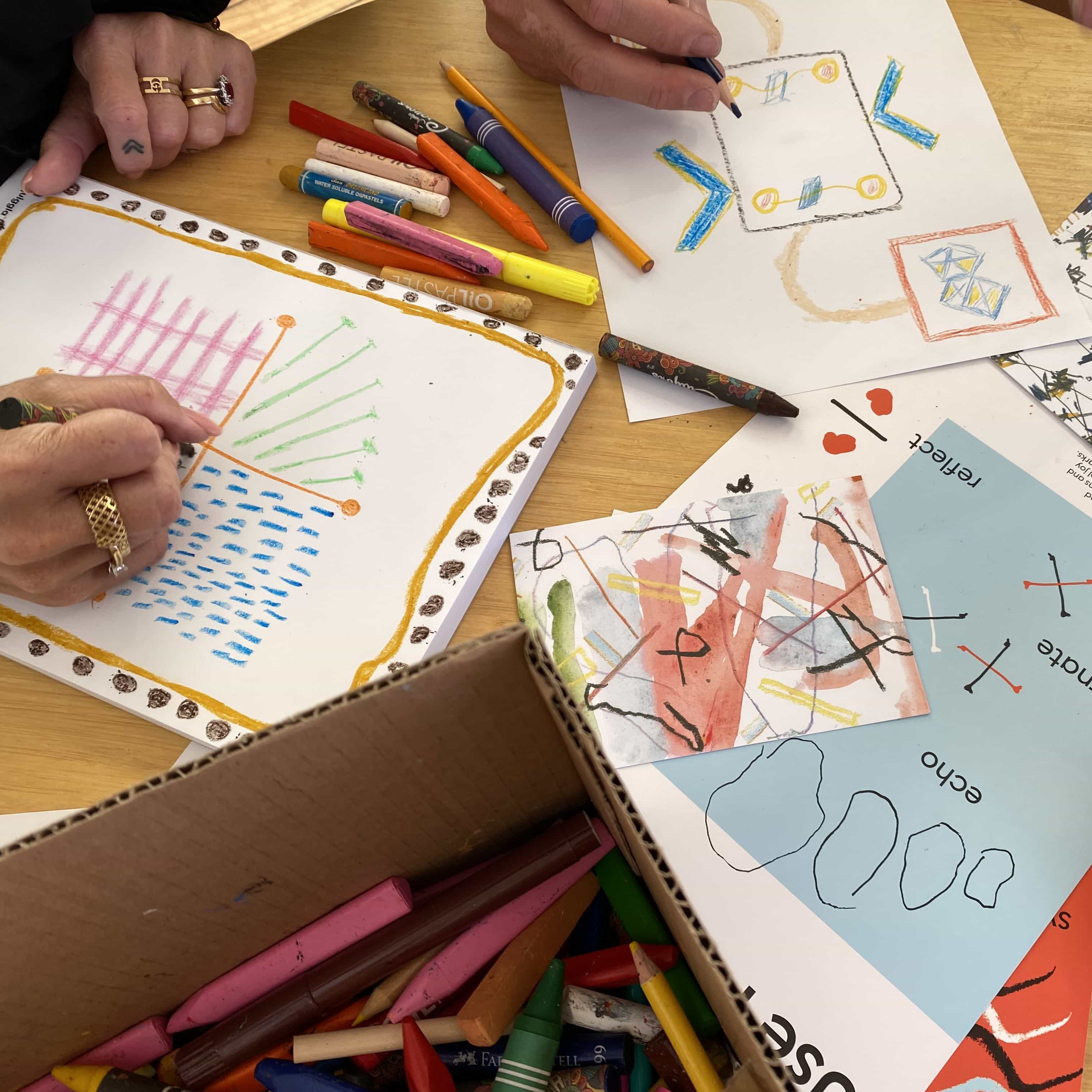ArtLab will open in the Creative Learning Centre at Auckland Art Gallery Toi o Tāmaki on Saturday 15 April. This space is designed with families in mind to be a place where they can explore different aspects of art making together and discover new perspectives of the art on display in the Gallery.
Throughout its life, ArtLab will continue to engage and challenge our visitors with different themes and materials, which will allow them to build a toolbox of skills to explore their own creativity.
We are proud to work with Sue Gardiner and the Chartwell Trust to bring you Squiggla for ArtLab’s first iteration. Squiggla is a project developed by the Chartwell Trust to introduce mark making and creative visual thinking into everyone’s daily routine.
Today we talk with Sue about Squiggla and what to expect to see and do when you visit ArtLab.
ArtLab will open in the Creative Learning Centre at Auckland Art Gallery Toi o Tāmaki on Saturday 15 April. This space is designed with families in mind to be a place where they can explore different aspects of art making together and discover new perspectives of the art on display in the Gallery.
Throughout its life, ArtLab will continue to engage and challenge our visitors with different themes and materials, which will allow them to build a toolbox of skills to explore their own creativity.
We are proud to work with Sue Gardiner and the Chartwell Trust to bring you Squiggla for ArtLab’s first iteration. Squiggla is a project developed by the Chartwell Trust to introduce mark making and creative visual thinking into everyone’s daily routine.
Today we talk with Sue about Squiggla and what to expect to see and do when you visit ArtLab.

